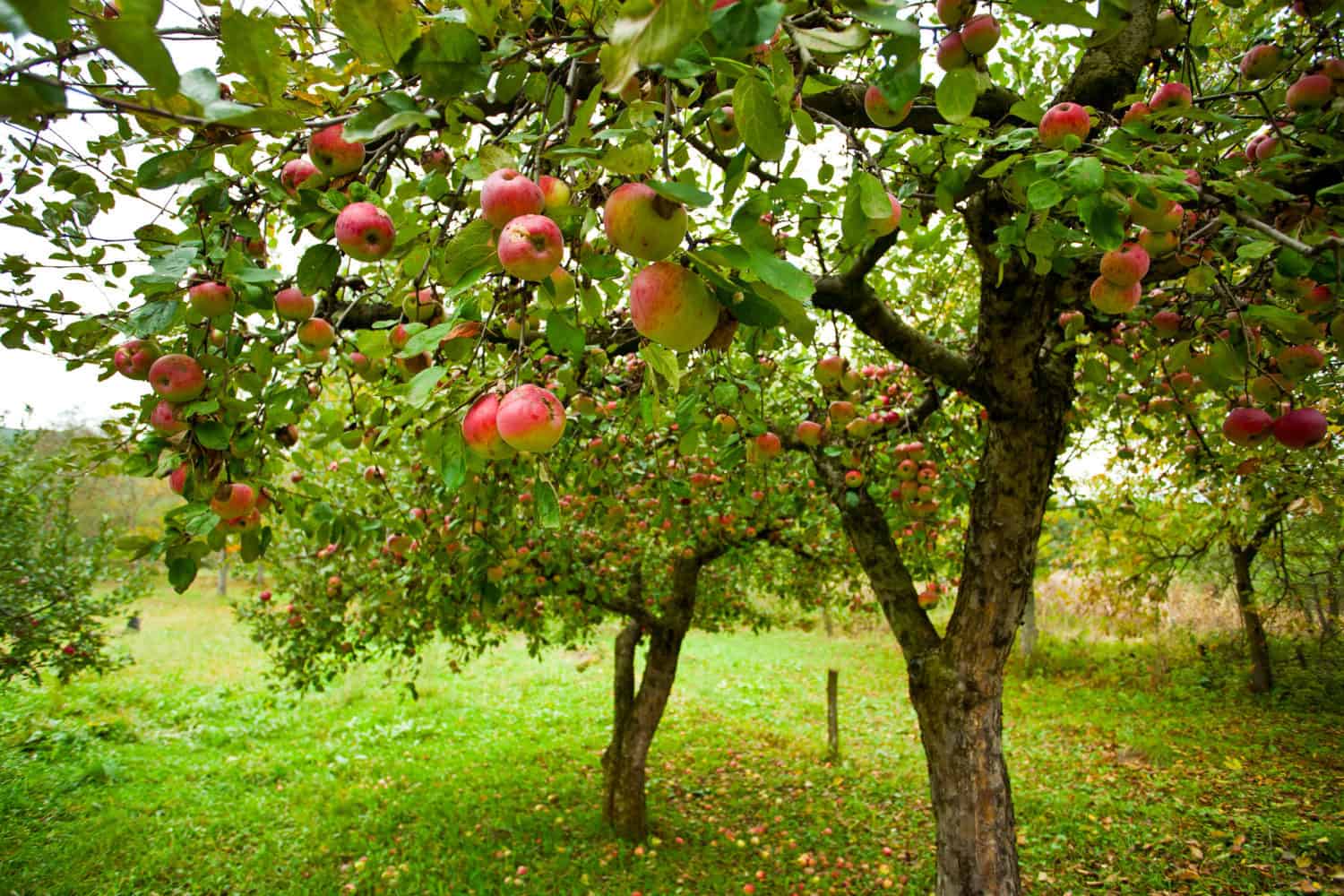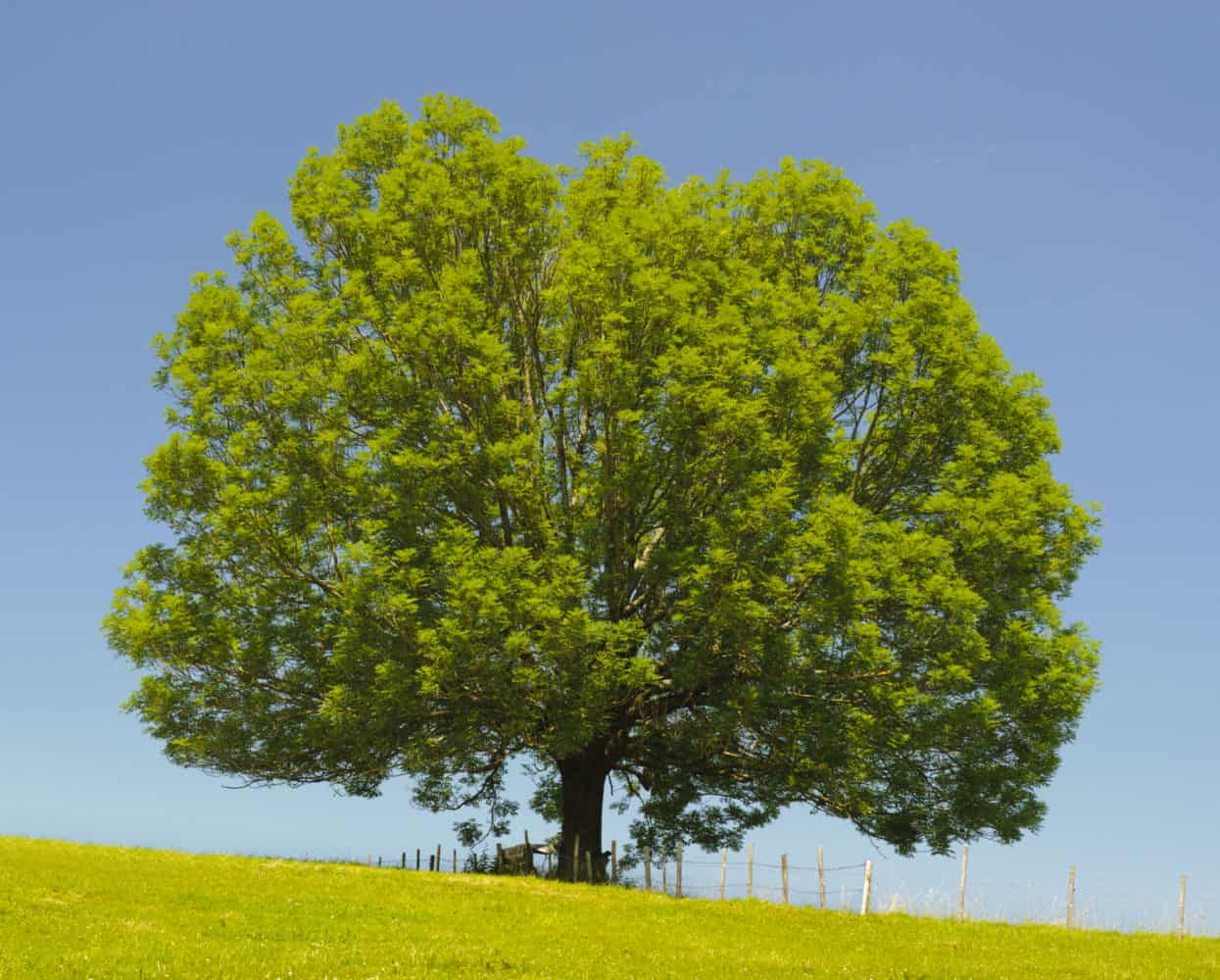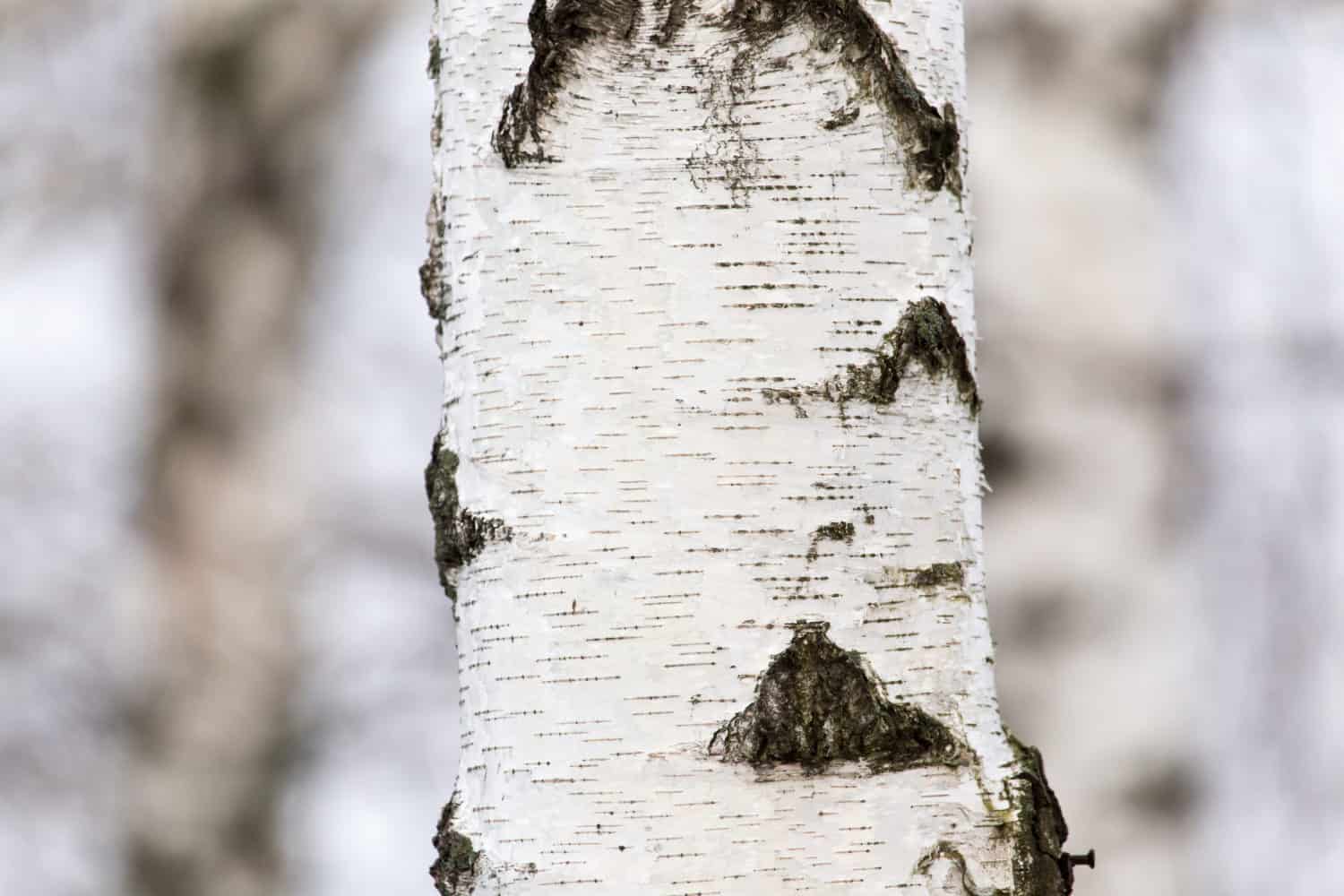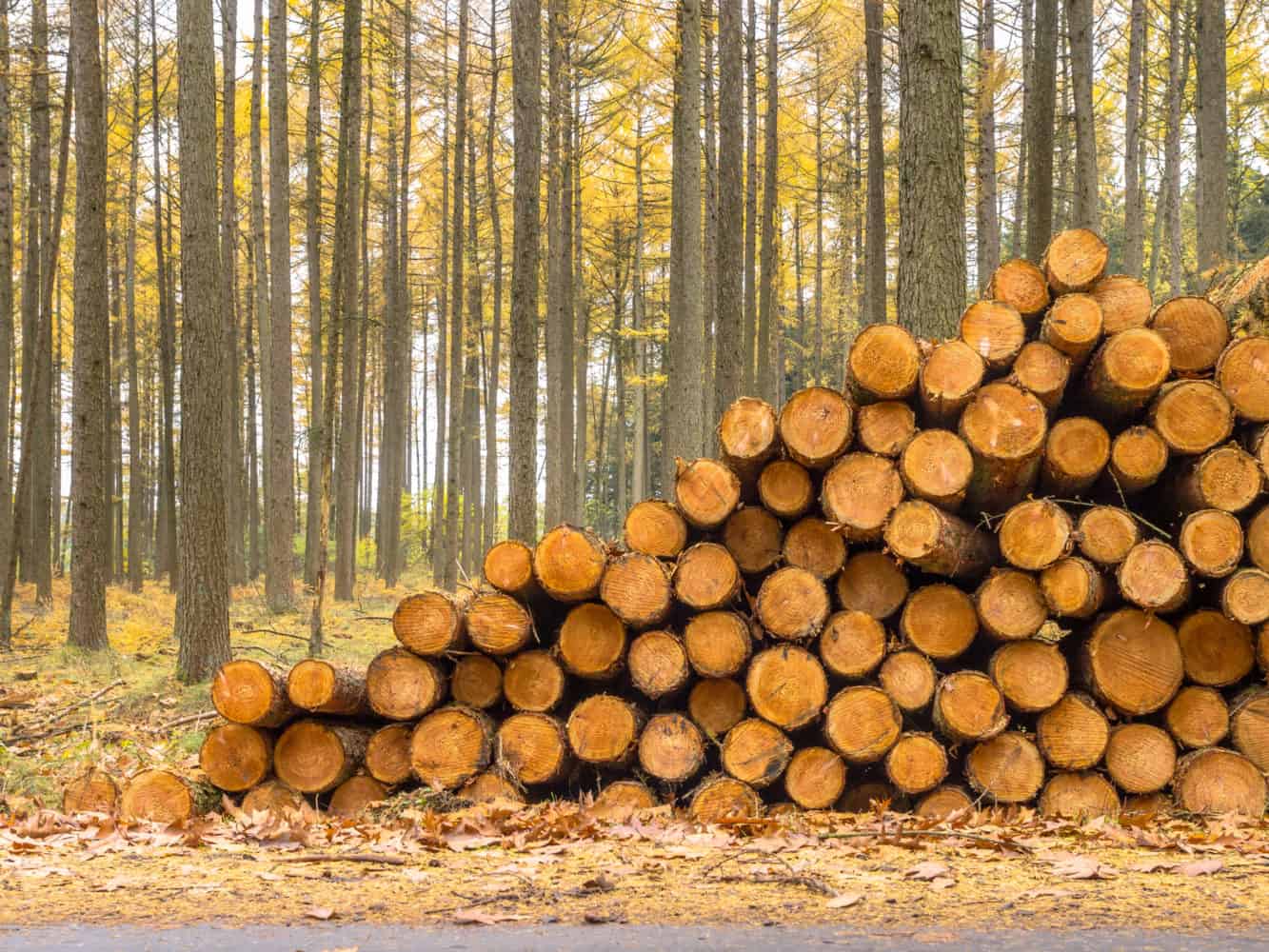If you plan on snuggling up to a warm fire with a sweatshirt, blanket, and a hot cup of coffee when the cold weather kicks in, you better have your fuel ready. Knowing a thing or two about types of firewood will save you a lot of trouble when winter comes.
Not every type of firewood burns with the same efficiency. And, some firewoods are better for certain regions and climates than others. So, the best choice is not the same for everyone.
If you want to choose the best type of firewood for your wood stove or fireplace, you need to understand the characteristics of different types. Read on to find out what’s the best way to stock your woodshed.
Contents
Hardwood vs Softwood
Hardwood is usually more expensive than softwood. It is denser and burns longer than softwood. Hardwood burns hotter as well.
However, when using hardwood, it’s more difficult to get the fire started. So, softwood is the better choice if you want to heat your home quickly.
Hardwood is the better option if you want to heat your house for longer periods of time. But, if you are looking for firewood that has a lower heat output, you should choose softwood.
Softwood is ideal for campfires, kindling, or anything outdoors. And, even though there aren’t that many solid options among softwoods, there are still some great choices.
Greenwood vs Seasoned Firewood
Seasoned wood should be your first choice when you are burning firewood. Seasoned wood is simply wood that’s been left out in the weather for a while after it was cut. Typically, it is dry and white on the inside and dusty or gray on the outside.
Greenwood (also referred to as unseasoned firewood) is freshly cut wood. It’s easier to come by than seasoned firewood. But, seasoned wood leaves less residue behind than greenwood.
Greenwood causes fire chimney blockages more often. You need to be extra careful when firing greenwood because these blockages can lead to a fire inside your chimney.
If you opt for firewood, you’ll need to clean your chimney regularly. While not all types of greenwood make a great choice for fireplaces and wood stoves inside your home, they are an excellent choice for outdoor fire pits and water stoves.
Greenwood is also a great choice if you are not in a hurry. You can save a bit by seasoning the wood yourself.
Unit of Measurement
There’s one more term you need to get acquainted with before you go shopping for firewood. A cord is a unit of measurement we use to measure dry volumes of racked and well-stored firewood.
The unit is mostly used in the US. A full cord is 8 ft long, 4 ft deep, and 4 ft high. One cord measures 128 cubic feet. Over a typical winter, a 1000 square-foot house uses roughly 3 cords of firewood.
Best Types of Hardwood
Oak
Oak is a very dense type of hardwood that can burn for ages. It’s a favorite of many homeowners because it can be found almost anywhere.
If you want to keep the fire going all night long, there’s no better choice. Oak is best used in a mix with faster burning types of firewood. A full cord of oak costs around $120.
However, as great as oak is, it takes a minimum of 2 years to season it. It is the slowest firewood to season. This box of [amazon link=”B079J78ZS1″ title=”Smoak Firewood Kiln-Dried Premium Oak” /] is a great deal.
Apple
Apple is a great choice if you like to cook over an open fire in your fireplace or if you like to cook outdoors or use a wood barbeque. You will need less wood to keep the fire going as this apple burns slower than other types of hardwood.
But, what makes it really great for cooking is the lovely smell it puts off. The food will soak up the pleasant smell of Applewood, which will result in a richer taste.
The only downside of apple is the fact that it takes longer to season than other types of hardwood. If you want to use apple for cooking, [amazon link=”B001VKYAEU” title=”Camerons Smoking Wood Chunks” /] is a great choice.
Ash
If you solely rely on wood for heating your home, you should definitely look into ash. Ash does a marvelous job of keeping a steady burning fire. It has a great heat output and burns well on its own.
It’s an excellent choice for any fireplace or woodstove. It works great when it is seasoned. You won’t need to mix it with different types of firewood since it burns more than well on its own.
Traditionally, ash is one of the best firewoods, so you can’t go wrong with this type of wood. A full cord of seasoned ash will run you around $170.
Birch
Birchwood burns pretty easily as greenwood. It ignites easily as well, since it’s a softwood. The bark from birchwood makes for a great natural fire starter.
There are a few species of birch (white, yellow, and black). Each offers a different degree of efficiency. Birch is most-efficient when mixed with slow-burning woods.
For instance, oak and birch make a great pair. A full cord of birchwood costs around $200. If you want to give birch a try, you can get a box of [amazon link=”B001VKYAEU” title=”split birch from Wilson Enterprises” /].
Best Types of Softwood
Cedar

Cedar generally gives a very nice smell. It’s a great choice if you are looking for aromatic firewood.
It produces a strong crackling sound and a lasting fire with little flame. A cord of cedar will run you around $220. If you want to give cedar a try, this box of [amazon link=”B07DTHGJPL” title=”Wildwood Kindling Cedar” /] offers you an inexpensive way to experience the aromatic smoke of cedar.
Larch
Even though it’s a softwood, larch is actually harder than some types of hardwood. It can burn incredibly hot, but it must be seasoned well. Larch is one of the most popular softwoods mainly because it is very low-maintenance.
It is great for wood stoves, especially if you mix it with hardwood. However, be sure to close the door or it will smoke up your room. A full cord of larch will run you about $160.
Pine
If you are looking for softwood firewood that lights easily, Pine may be the best option for you. If you go with pine, you will have to refuel more often. But, since it burns fast with such a good flame, it is definitely worth it.
It has a high resin and sap content, so you will have to clean your chimney regularly if you use pine. Because of this, it’s best used in a mix with another type of firewood. Generally, pine costs around $160 per cord.
Manufactured Firewood
Believe it or not, your options don’t end with traditional hardwood and softwood. There are a few types of manufactured firewood that are a great alternative to softwood and hardwood. And, you can easily burn them in your fireplace or woodstove.
Wood Briquette
Wood bricks are kiln-dried sawdust/wood chips compressed into bricks. So, yes, they are exactly what they sound like—bricks made of wood.
Some manufactured wood bricks burn even more efficiently than traditional firewood. For instance, the [amazon link=”B000UEYZ4S” title=”Rutland Firebox Bricks” /] can produce more heat than cordwood.
When you’re dreaming of an idyllic evening by the fireplace, wood bricks are probably not in the picture, true, but they are a cost-efficient option. Wood bricks also leave less ash and burn cleaner.
They can make the cleanup much easier. Wood bricks also contain less moisture than traditional firewood.
Wood Pellets
Wood pellets are designed for special heaters known as pellet stoves. However, you can use wood pellets in wood stoves as well, so they are a great option for when you are out of regular fuel. Wood pellets are very similar to wood bricks.
Wood pellets are very environmentally friendly, but they burn quicker in wood stoves. So, when the time comes to replace your old wood stove, it may be a good idea to get the best pellet stove. When it comes to heating, pellet stoves are one of the most efficient solutions.
You may also want to read my Furnace vs Water Heater comparison.
Types of Firewood to Avoid
Many think that you can throw just about anything into the fireplace, but that’s far from true. Even if you have a stone hearth or a cast-iron stove, there are some types of wood you should never burn.
Driftwood
Driftwood contains salt that produces some very pretty flames when burnt, but the smoke they give off is toxic, so it’s best to avoid it. In fact, it is illegal to burn driftwood in some areas.
Painted or Treated Wood
When burnt, painted woods release toxic chemicals into the air (and the same likely goes for primed wood as well). Older treated woods contain inorganic arsenic. Burning wood that was treated with arsenic can lead to arsenic poisoning. The consequences on your health can be very serious.
Non-local Wood
If you use wood that has traveled too far, you run the risk of introducing invasive diseases and insects to your area. Unless you are 100% sure you are getting pest-free firewood, stick to firewood that was cut and seasoned within a few miles of your house. Just one infected log can put all the rest at risk.
Large Wood
For maximum efficiency, be sure to split large logs. They’ll still burn if you don’t split them, but it’s a waste of time and firewood. Recut every piece that’s more than 5” in diameter. I hope this has helped you choose the best types of firewood for your wood stove.











